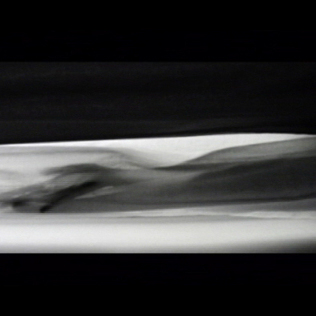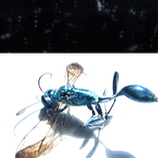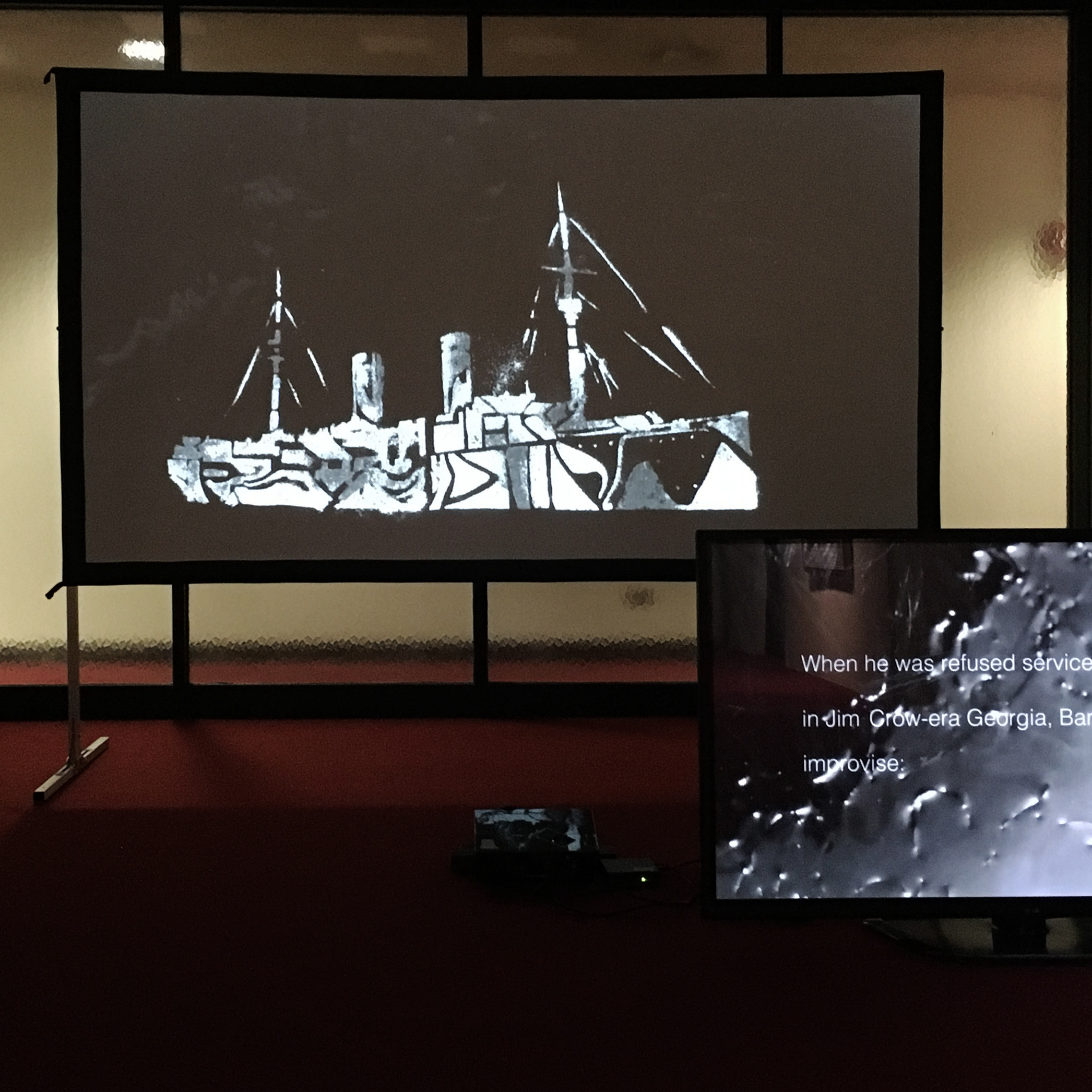Where Straight Lines Fail (Performance)
WHERE STRAIGHT LINES FAIL 2017 Multi-media Installation (Video, Sculpture, Audio and Performance), Dimensions Variable Where Straight Lines Fail, derives from the lost histories of South Asian sailors, who, in the late 19th and early 20th century, married into the Black and Latino communities in Harlem, and passed as Black, in order to escape deportation and circumvent the harsh laws against Asian immigrants in the US at the time. The work confronts some of the more reductive, divisive strategies of contemporary culture, where the public is repeatedly categorized, divided and restrained by their nationality or geographical location. This confrontation, through expanding the historical understanding of the social practice of “passing” as white, with the complexities of lived experiences, informs contemporary discourse on race, desire and privilege, challenging the relevance of binary driven strategies in an increasingly cross-cultural, cross-gendered, multi-racial and global society. An interdisciplinary installation, Where Straight Lines Fail, explores instances of human passing, or becoming the “other”, to survive or appear desirable. Individual components within the installation include a large projected video of a figure tracing multiple invisible lines on a white wall, leaving disappearing traces which follow the ship routes of British steamships between India and the USA in the early 20th Century. Juxtaposed against this, is a video which follows the convoluted journey of a modernist sculpture, which disappeared in New Delhi, India, in 1991, only to re-appear on an "Antique Roadshow" episode in 2016, in Tucson, Arizona, masquerading as a planter. Through tracing the journey of this sculpture, as it passed undetected, traveling without its papers of authentication, the work draws parallels with historical instances of human passing. Additional components including stacks of archival images and documents with accounts of passage, as well as a sculptural tar baby, re-contextualized as a fetished object of desire, further punctuate the space of the installation, reminding the audience of the complexity, and densely layered history of these “other” encounters.









